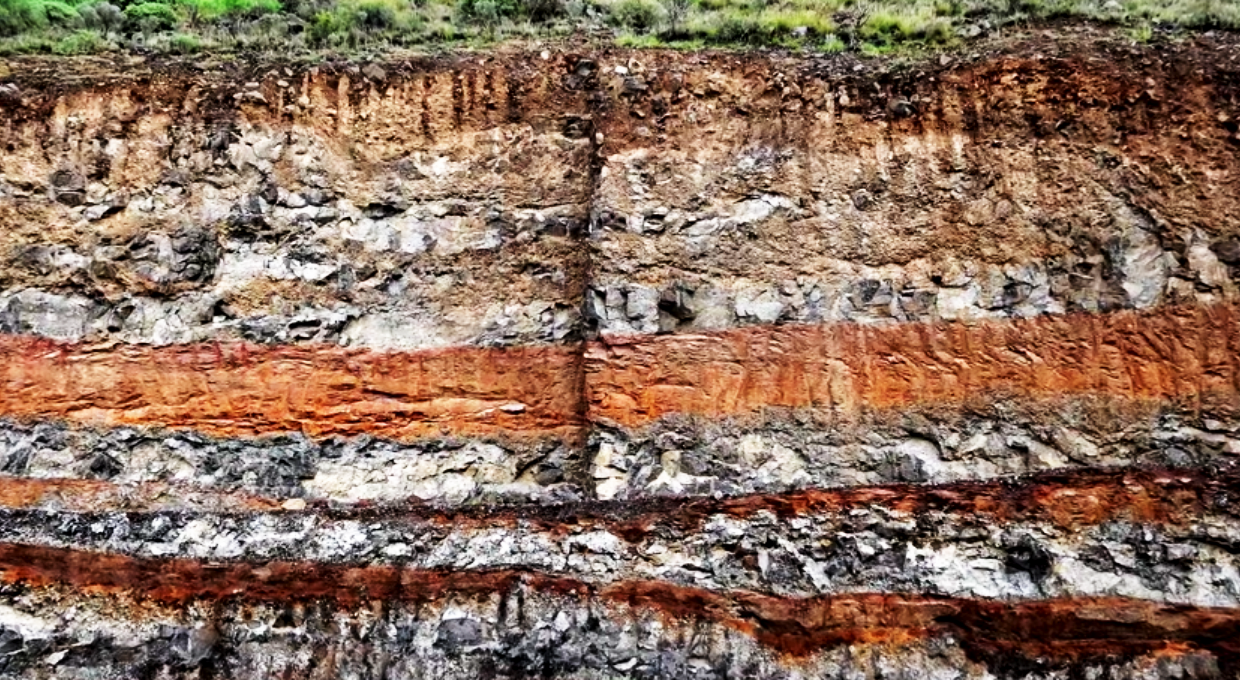
Sedimentary rocks (Source: PBS Eons/YouTube)
Biostratigraphy is the use of fossil assemblages to correlate and age rock strata in underground sediments. As living organisms die, their remains get included in sediments and buried by the ongoing deposition of new layers of sediment. Scientists use these fossil remains as a key to date geological layers which are called strata. The basic principles of this scientific technique were already discussed by Danish academic Nicolas Steno in 1669, but it was only over the course of the 19th century that the mechanisms behind it were understood through Darwin’s formulation of evolutionary theory. Nevertheless, we had to wait until the development of  industrial micropaleontology in the 1920s, as well as techniques like
industrial micropaleontology in the 1920s, as well as techniques like  deep sea drilling, to recognize the usefulness of microfossils in biostratigraphy. Since then,
deep sea drilling, to recognize the usefulness of microfossils in biostratigraphy. Since then,  micropaleontological formations have become the most widespread and important tool in biostratigraphy. They are widely used not only in scientific research but also throughout the
micropaleontological formations have become the most widespread and important tool in biostratigraphy. They are widely used not only in scientific research but also throughout the  extractive industries. They are vital, for example, to the extraction of
extractive industries. They are vital, for example, to the extraction of  fossil fuels. As biostratigraphy is used to dig up clues about the deep history of the planet, this tool also plays a part in the ongoing transformation of Earth characterising the anthropocene - our current geological era, marked by the impact of modern capitalist society onto the very fabric of our environment.
fossil fuels. As biostratigraphy is used to dig up clues about the deep history of the planet, this tool also plays a part in the ongoing transformation of Earth characterising the anthropocene - our current geological era, marked by the impact of modern capitalist society onto the very fabric of our environment.
A video explaining the history of geology and our understanding of deep time, mainly thanks to biostratigraphy. (Source: PBS Eons/YouTube)